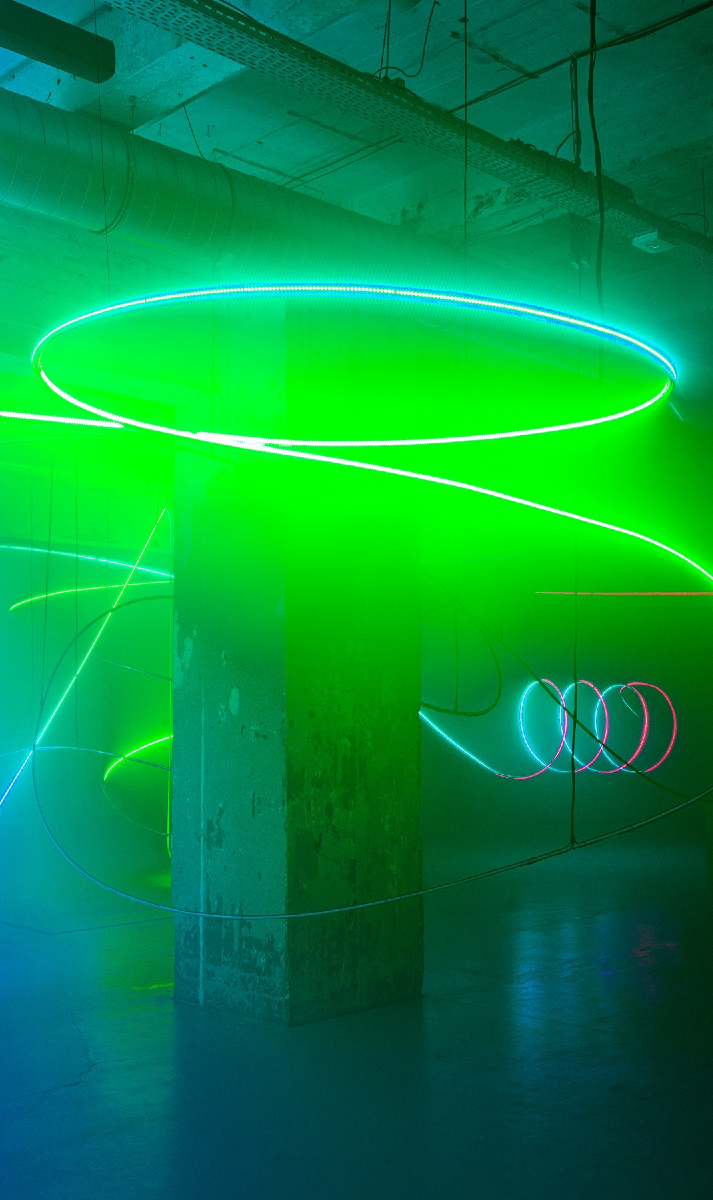
QUBIT AI: Eduardo Reck Miranda
Sounding Qubits
FILE 2024 | Quantico
International Electronic Language Festival
Eduardo Reck Miranda – Sounding Qubits – Brazil
Although he has learned classical musical instruments since childhood, Eduardo Miranda’s favorite tool for composing is the computer. The researcher has been delving into artificial intelligence and innovative computing methods for compositing for some time, as they offer fresh insights and ideas beyond his own.
A quantum computer deals with information encoded as qubits. A qubit is to a quantum computer what a bit is to a digital one: a basic unit of information. In hardware, qubits exist in the subatomic world. They are subject to the laws of quantum mechanics.
Quantum computers are like super-powered versions of classical digital computers. While a digital computer processes data in a linear, step-by-step fashion, a quantum computer can explore many possibilities at once.
Operating a quantum computer requires different ways of thinking about encoding and processing information. This is where composers can benefit greatly. This technology is destined to facilitate the development of unprecedented ways of creating music.
Bio
Composer who works at the intersection of music, science and new technologies. His background as an artificial intelligence scientist and classical composer with early involvement in avant-garde pop music informs his distinctive music. He has composed for BBC Radio 3, BBC Concert Orchestra, BBC Singers and Scottish Chamber Orchestra. He is a professor at the University of Plymouth and a research associate at Quantinuum, where he explores music composition with quantum computers.



